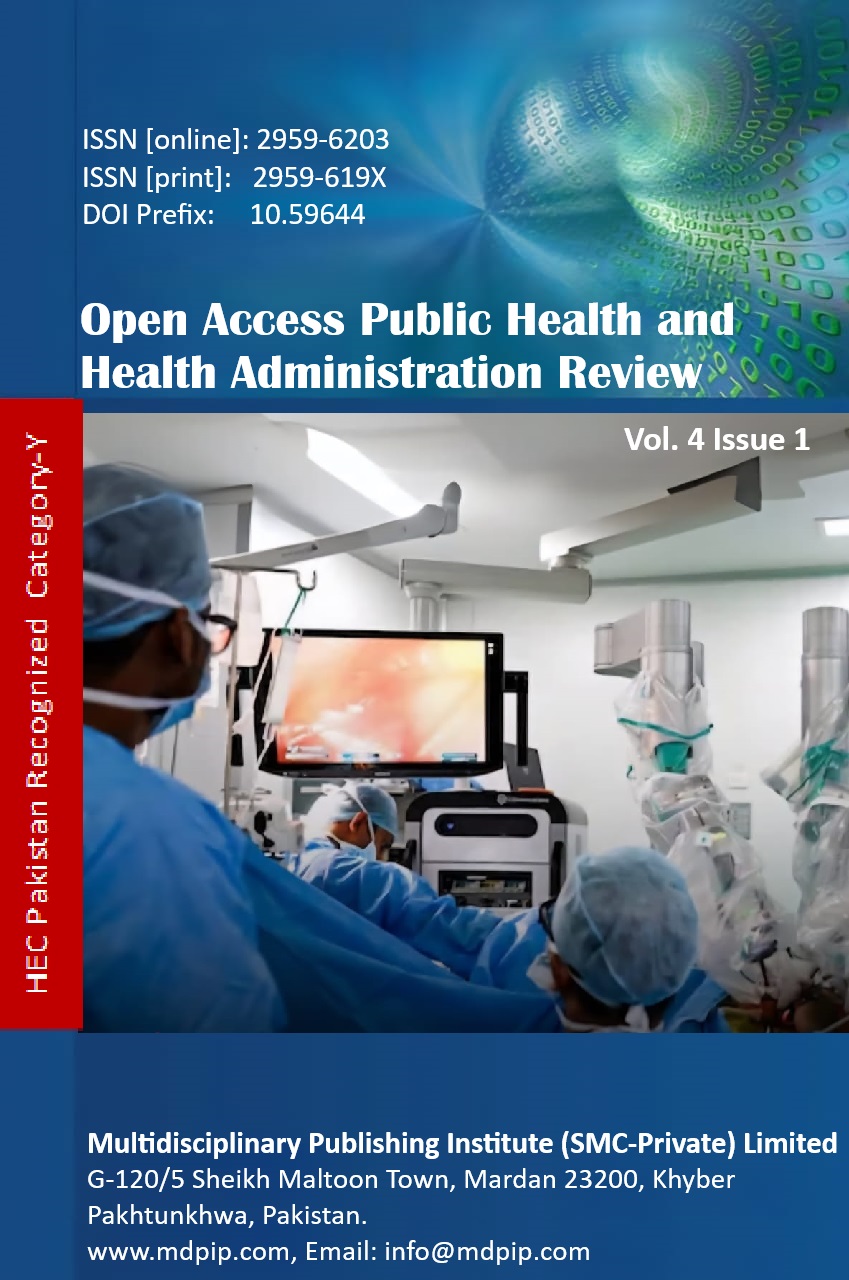Effect of Freezing and Thawing on the Quality of White Meat from Chicken and Fish in the Context of Public Health
DOI:
https://doi.org/10.59644/oaphhar.4(1).230Keywords:
Freezing, Thawing, White Meat, Physicochemical Properties, Histology, Nutritional Quality, Protein Denaturation, Meat PreservationAbstract
Freezing and thawing are common preservation methods for extending the shelf life of meat, but these processes can alter its physicochemical and nutritional qualities. This study evaluated the impact of freezing and thawing on the physical, chemical, structural, and nutritional properties of white meat from chicken and fish. Ninety samples (45 chicken and 45 fish) were divided into three groups: fresh (control), frozen (–20°C), and thawed (22–25°C). Parameters such as pH, water-holding capacity, color, histology, and proximate composition were analyzed using standard AOAC methods, and data were evaluated using ANOVA (p < 0.05). Results revealed that freezing and thawing had a significant impact on meat quality. Chicken samples exhibited a notable pH reduction (from 6.09 to 5.25, p = 0.02) and higher purge and drip losses (p < 0.001), indicating a decrease in water-holding capacity. Fish exhibited milder pH variation but similar moisture losses. Color analysis showed increased lightness and yellowness, with reduced redness due to pigment oxidation. Histological evaluation indicated muscle fiber disruption in frozen and thawed samples compared to fresh meat. Moisture content decreased (chicken: 73.8% to 63.5%; fish: 74.3% to 70.1%), while protein denaturation increased significantly (p < 0.001). Fat and mineral contents were largely unaffected. Overall, freezing and thawing led to quality deterioration through water loss, pigment oxidation, and structural damage, with more pronounced effects in chicken than in fish. Optimizing preservation conditions is essential to maintain the nutritional and sensory integrity of white meat.






